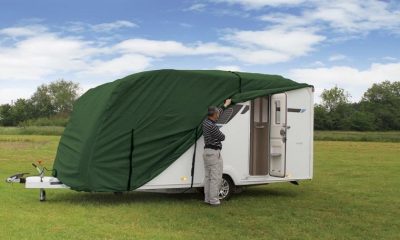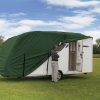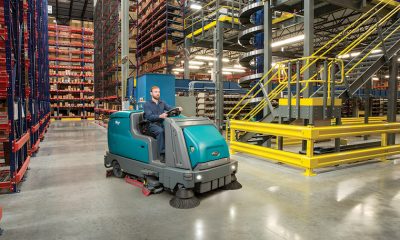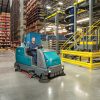Lifestyle
Portable Fridges for the Ultimate Camping Experience
When looking for the ideal camping gear, a portable fridge is one of the top items you should consider. It’s a powered portable cooling system that typically runs off the 12-volt electrical system in your car to keep your food and drinks cold or frozen indefinitely. And, yes, it may be the more expensive option than a cooler or esky, but it will make you feel settled and at peace.
Portable Camp Fridge Size
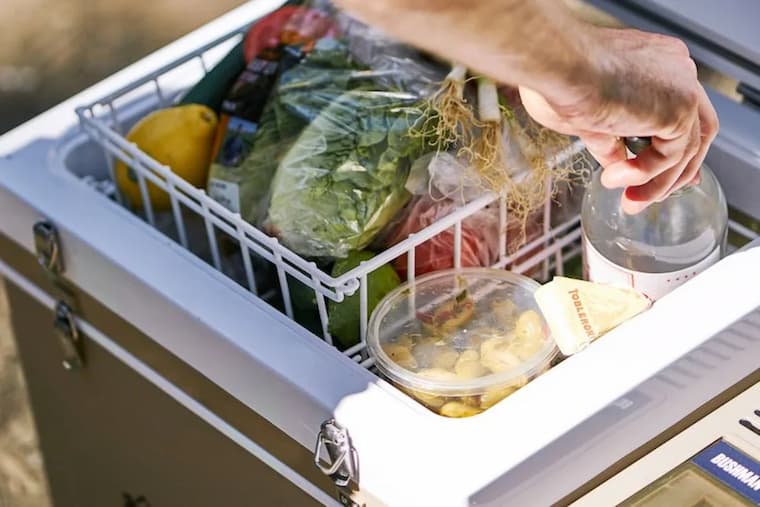
Caravanning around Australia requires a larger camping fridge which means more significant capacity but higher current draw and more space in your vehicle. When selecting a refrigerator, make sure it will fit inside your car, considering the additional height of any mounting hardware or slides. Consider the clearance for any vents and whether or not you’ll have enough room to open the lid.
Large fridges can also be heavy – with a whole family and gear already on board; a fully-loaded fridge could push your car over the gross vehicle mass limit. Camp fridge sizes are normally listed in litres, but since it can be challenging to visualise, a universally recognised unit of measure – beverage cans are usually included.
27 cans fridge is small and ideal for keeping lunch cold in a work truck for you and your coworker. They’re also a good choice if you need to keep your medicines cool and close at hand.
47 cans camping fridges are ideal for a weekend getaway for two or a week if you’re travelling alone. On the other hand, the most common 60 cans refrigerator is the perfect size for two or three people on a long weekend. And, if you plan a week-long adventure with your partner or the whole family, you should go for the 72 cans fridge option.
106 cans is a good-sized fridge for a family of five or for feeding your sports team. Although there’s plenty of space to keep the team’s half-time oranges on ice, you should still consider the space and weight it takes up in your vehicle.
Other large camping fridges are the 120 can ones. They provide plenty of space for a week away with a large group, but their size and weight may be a factor. You might be better off splitting the load among smaller refrigerators and separate vehicles.
Types of Camping Fridges
Two-Way Portable Fridges
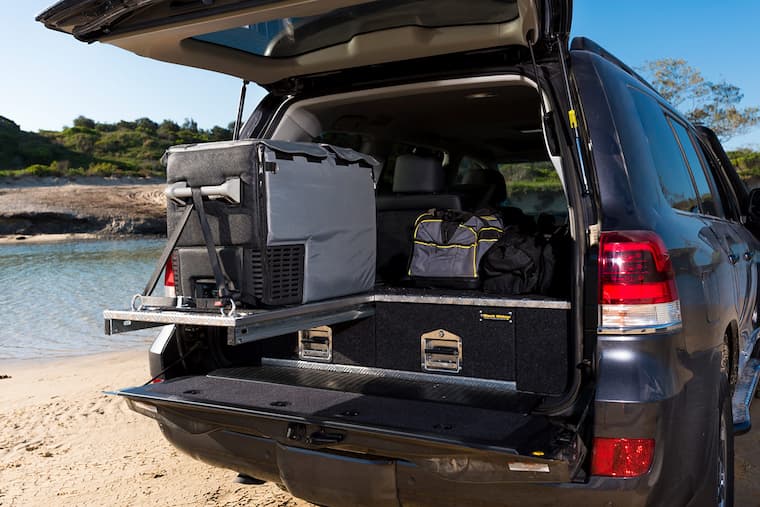
Two-way refrigerators use the same compressor technology as your standard refrigerator, but they’re designed to run on your car or truck’s 12- or 24-volt battery and mains power. They’re ideal for most applications because they’re designed to run on your car’s electrical system without drawing too much current, but they can also be switched to 240 volts in powered campgrounds or at home.
Unlike gas fridges, compressor models require regular battery charging, so they might not be the best choice for a month in situ, but they’ll do fine with a small solar panel.
Three-Way Gas Portable Fridges
Three-way refrigerators use gas flow heat exchangers rather than compressors and can run on LPG and 12, 24, or 240 volts. They are quiet, but they do not perform as well as compressor refrigerators and to operate must be kept level. Three-way systems come in handy if you’re going to be in a remote location for an extended period. One LPG cylinder can keep your fridge cold for weeks – far exceeding the capacity of a battery setup.
Thermoelectric Portable Fridges
Thermoelectric refrigerators do not cool as well as other types and consume significantly more power. They are only suitable for keeping pre-chilled drinks cool for weekend sports or short drives home from the shops because none of them can maintain safe food temperatures in anything but the mildest conditions.
Dual Zone Portable Fridges
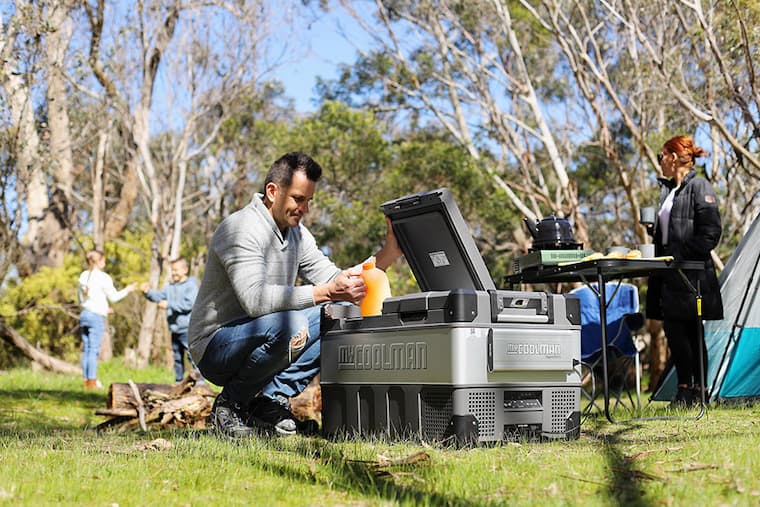
Dual-compartment refrigerators are the most convenient and provide the luxury of a fridge and freezer in one.
Some clever single-compartment fridges can also do double duty by separating frozen items on the bottom from fresh food on the top with a baffle. While not as convenient, there will be more space overall because there are no dividing walls. You can achieve the same effect by freezing ice bricks in the fridge overnight to keep drinks cold in the cooler the next day if you pair a single compartment model with an esky or cooler.
Portable Fridge Features to Consider
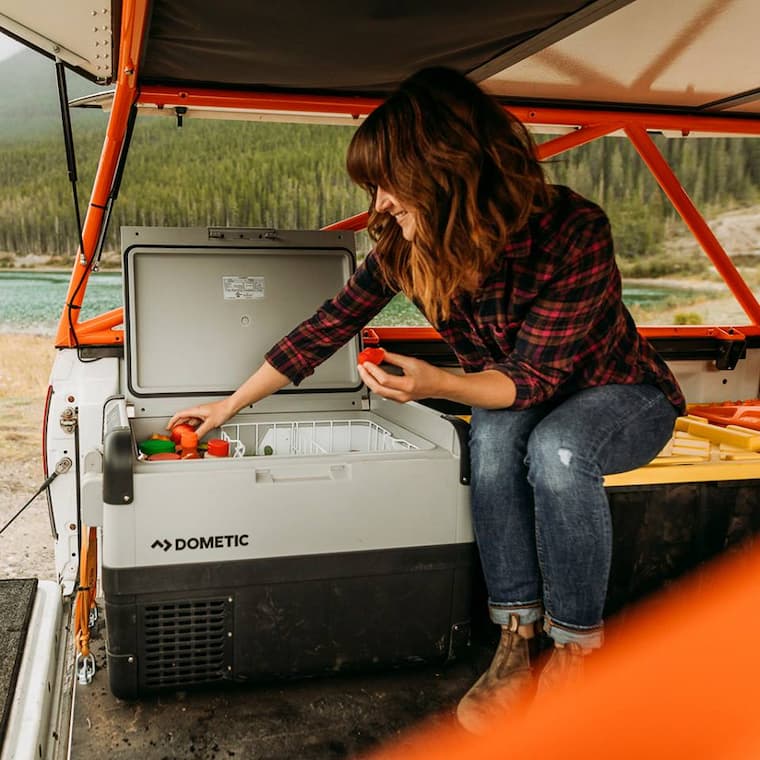
Low Current Draw
Look for a portable refrigerator with a low current drain, especially if it runs on 12 volts. This directly indicates how long your battery will last and how long your refrigerator will run at your campsite while parked-five amps are high, and one amp is low. Remember that the temperature inside a vehicle can quickly rise, so if you’re parked in the sun with the windows up, your fridge will have to work extra hard. When you use your portable camp fridge as a freezer, your current draw will be higher than when it is used as a fridge.
12-Volt Connector
Check if your camping fridge has the correct connector for your vehicle. Many portable refrigerators include a cigarette lighter plug that fits your vehicle’s accessory socket, but these plugs aren’t ideal for high current draw applications. They can even unplug your fridge when you hit a bump, turning it off completely.
Some refrigerators also include a variety of connectors to accommodate power sources that may already be in your vehicle. An Anderson type plug is ideal because it is designed for high current draw and securely connects, but you may need one installed.
Proper Insulation
Look for a camping fridge with thick walls and insulation, as this means better efficiency and less load on your compressor and lower power consumption. Consider the outer casing materials as well – metal is more durable but conducts heat more readily than plastic, while fibreglass provides the best insulation. Optional thermal covers offer additional insulation and protection against bumps, scratches, and dents caused by other items in your vehicle.








